Increased surface temperature and steam emissions observed at Shishaldin volcano, Aleutian Islands
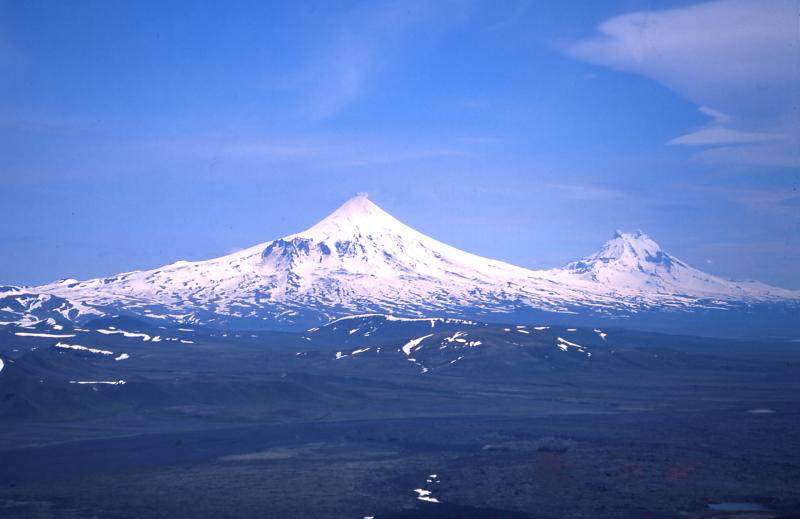
The Alaska Volcano Observatory reported on January 30 that it raised the Aviation Color Code to YELLOW and the Alert Level to ADVISORY at Shishaldin Volcano.
The decision was based on satellite observations of increased surface temperatures in the summit crater, as well as increased emissions of steam observed in satellite and web camera images.
These observations represent a departure from normal background activity at Shishaldin, but do not necessarily indicate that an eruption will occur. Similar levels of unrest were last noted during 2009, and did not result in an eruption.
The following satellite image of Unimak Island is showing elevated surface temperatures in the summit crater of Shishaldin volcano. This mid-infrared image is scaled so that warm values are bright white and cold values (like high clouds are dark). The elevated surface temperatures are visible as the white pixels within the yellow circle that indicates the location of Shishaldin.
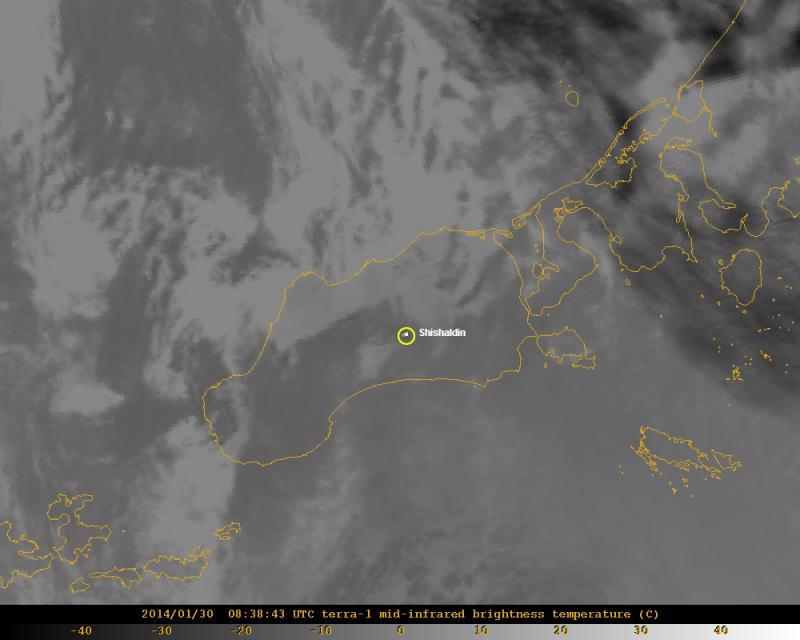
Image courtesy of AVO/USGS. Created by Dave Schneider
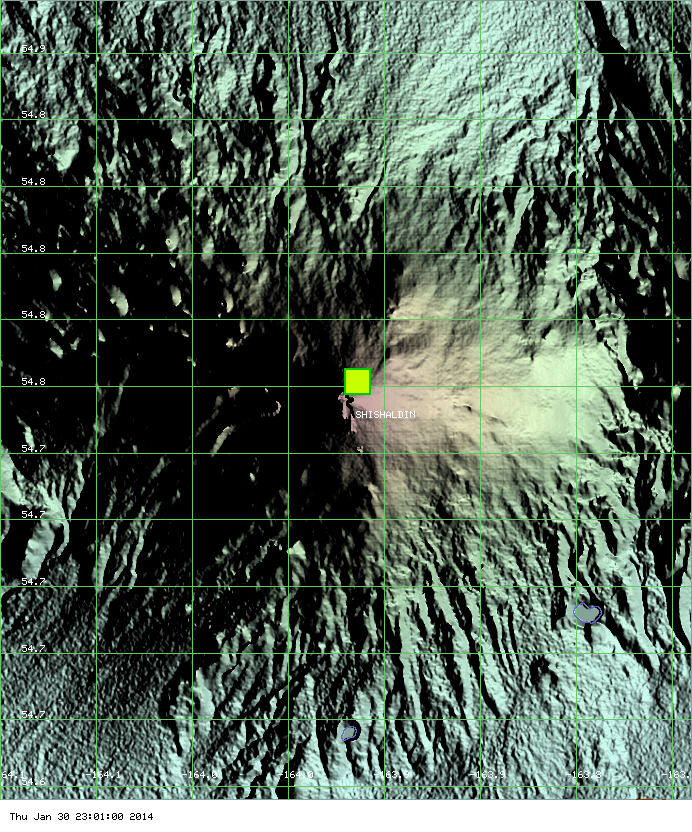
NASA MODIS hotspot at Shishaldin volcano.
Shishaldin is monitored by a local seismic network, satellite data, web camera, telemetered geodetic network, and distant infrasound networks.
"Seismic monitoring of Shishaldin is significantly impaired due to equipment failures of seismic stations close to the volcano. We hope to be able to detect significant explosive activity (should it occur) using remaining functioning seismic stations in the region, satellite, and distant infrasound networks." (AVO)
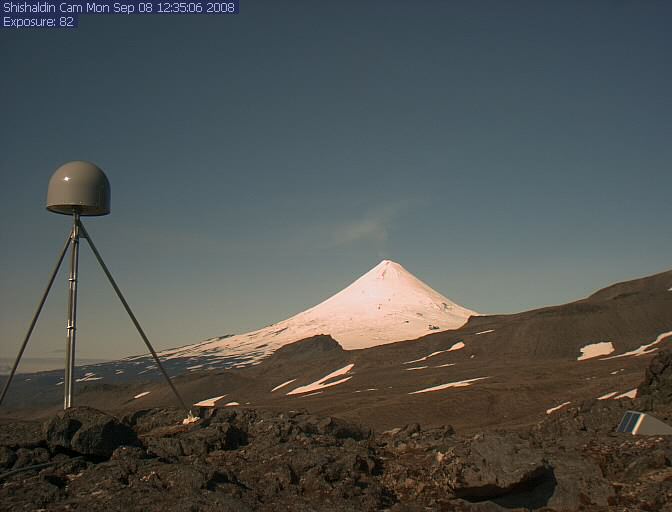
Shishaldin web cam image on September 8, 2008. Image courtesy: AVO. Check latest webcam image here.
Latest entry to GVP's weekly report was in the week of October 14 – 20, 2009:
"On October 19, AVO reported that recent clear satellite views of Shishaldin showed no activity; the last thermal anomaly was detected on August 16. Seismicity was variable, but within background levels. The Aviation Color Code was lowered to Green and the Volcano Alert Level was lowered to Normal."
Latest confirmed eruption of this volcano was in 2004 (February – July, VEI 2).
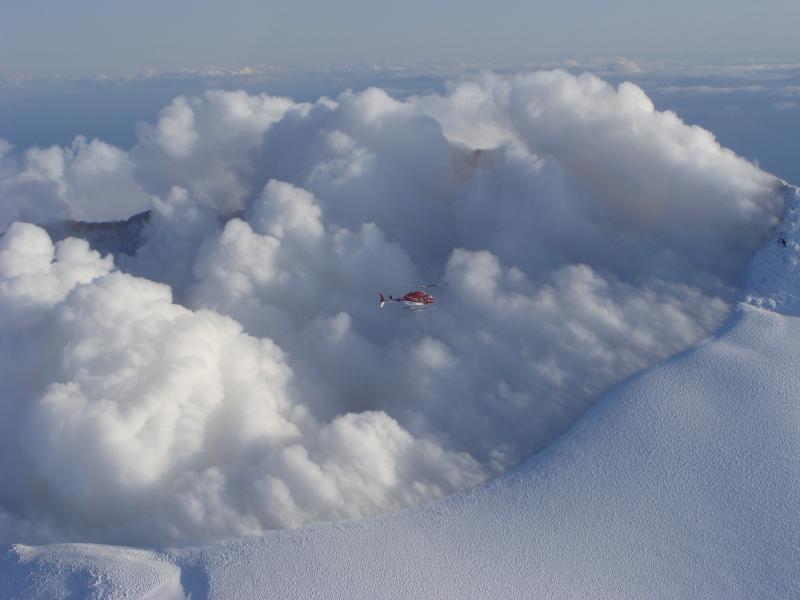
Image courtesy of Pathfinder Aviation / AVO – Taken on October 8, 2008.
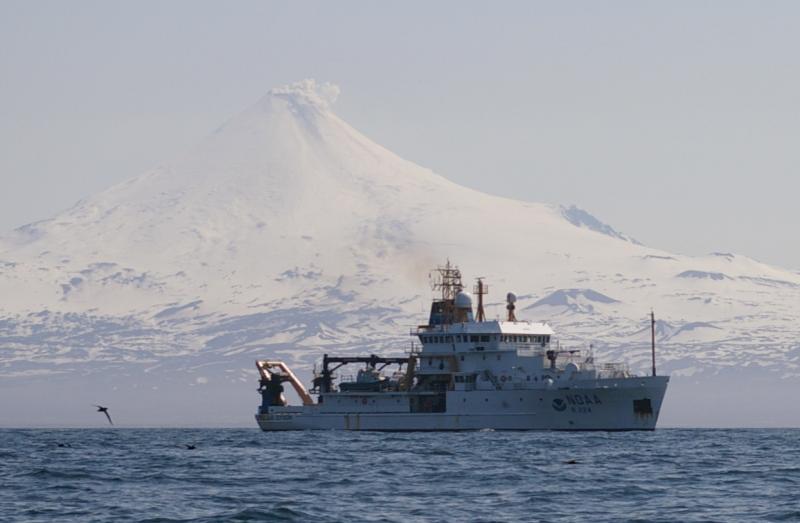
Shishaldin Volcano steaming on May 14, 2009. View is from the northwest. Photograph by Michael Levine, NOAA Ship OSCAR DYSON
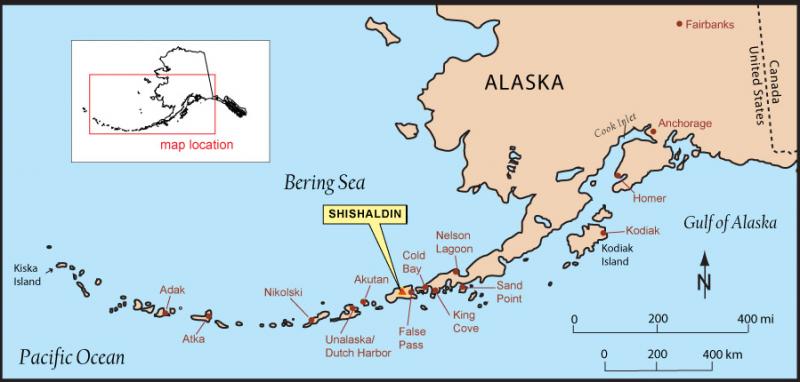
Image courtesy of Alaska Volcano Observatory; Alaska Division of Geological & Geophysical Surveys

Shishaldin (left) and Isanotski (right) volcanoes on Unimak Island. View is from the southwest. Image courtesy of AVO/USGS. Photographer Game McGimsey.
The beautifully symmetrical volcano of Shishaldin is the highest and one of the most active volcanoes of the Aleutian Islands. The 2857-m-high, glacier-covered volcano is the westernmost of three large stratovolcanoes along an E-W line in the eastern half of Unimak Island. The Aleuts named the volcano Sisquk, meaning "mountain which points the way when I am lost." A steady steam plume rises from its small summit crater. Constructed atop an older glacially dissected volcano, Shishaldin is Holocene in age and largely basaltic in composition.
Remnants of an older ancestral volcano are exposed on the west and NE sides at 1500-1800 m elevation. Shishaldin contains over two dozen pyroclastic cones on its NW flank, which is blanketed by massive aa lava flows. Frequent explosive activity, primarily consisting of strombolian ash eruptions from the small summit crater, but sometimes producing lava flows, has been recorded since the 18th century (GVP).
Source: Alaska Volcano Observatory
Featured image courtesy of AVO/USGS. Photographer Game McGimsey.

Commenting rules and guidelines
We value the thoughts and opinions of our readers and welcome healthy discussions on our website. In order to maintain a respectful and positive community, we ask that all commenters follow these rules:
We reserve the right to remove any comments that violate these rules. By commenting on our website, you agree to abide by these guidelines. Thank you for helping to create a positive and welcoming environment for all.